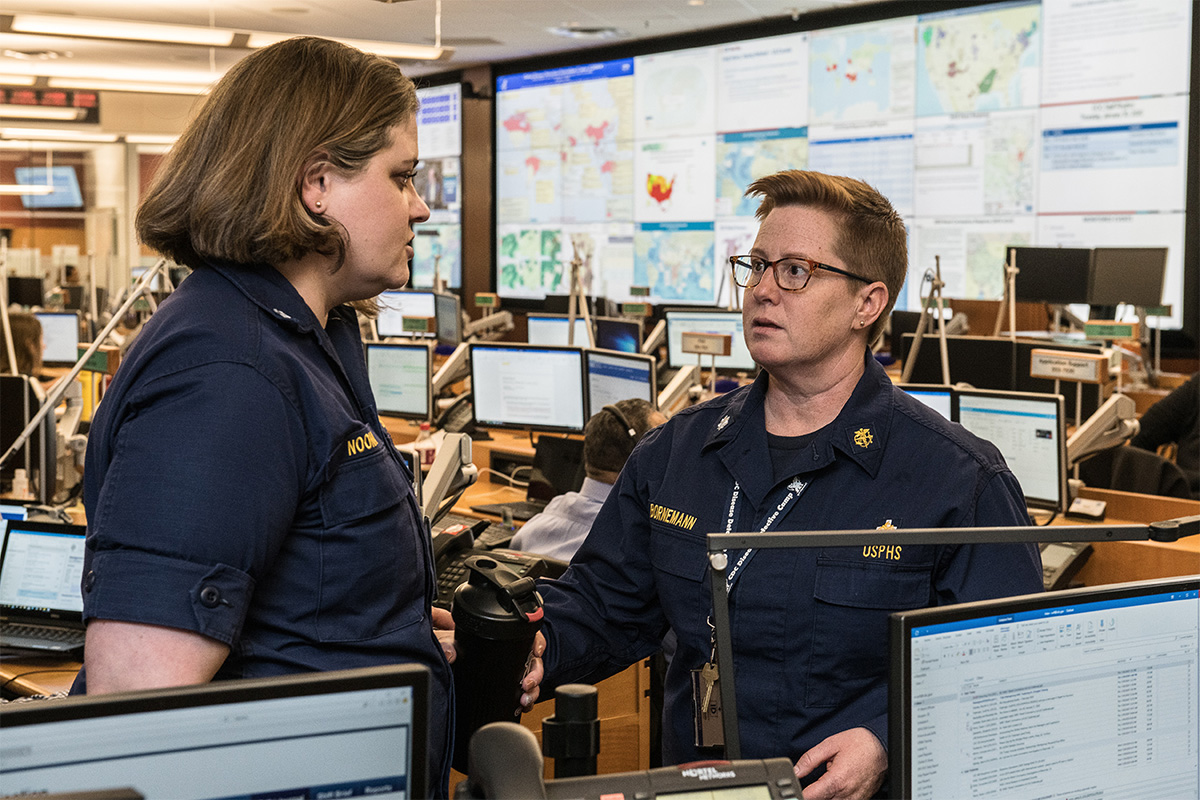Crisis is the critical testing ground for leadership. It is where the actions and reactions of leaders are more important than the position they hold.
As a member of the Forensic Services Group within the New South Wales Police, for two decades responding to major crime was my bread and butter.
With the arrival of terrorism on our doorstep following the Bali bombings, things would change. The learnings I had taken from responding to domestic crime scenes such as murders, arsons, sexual assaults and the like would be called upon on a much larger scale.
We can and did prepare for the unknown, but that scenario planning and training was limited to what our experience had led us to believe was realistic. Where we had trained for responding to scenes of death measured in the tens, in response to the Boxing Day tsunami in Indonesia I soon found myself in the grounds of a temple that held 3,500 decomposing bodies.
The forensic work in the identification of those victims did not require the application of complex forensic science, the complexity came in the leadership of the international response where there was no plan or procedure to follow on that level.
Having worked internationally in response to crisis and disaster, the result of human actions or a humanitarian response to a natural disaster, similar leadership traits applied.
True leaders are identified by what they do
In an international crisis response involving a multi-jurisdictional deployment, the question of who is in control is often determined by those on the ground and the actions they take.
True leaders are identified by their actions and reactions, not the positions they hold.
Courageous leaders are those who make the difficult decisions and will be identified as true leaders. They act with integrity and intent, consult where they can and then have the courage to make difficult decisions.
We forgive those who make difficult decisions and get it wrong, we are less kind on those who lack the courage to make the hard decisions when needed.
We don’t need to have all the answers

From my time working through Indonesia, Thailand, Saudi Arabia, Japan and Australia in response to crisis and disaster, there was one thing that the respected leaders did. They were present and they continued to show up.
During a crisis response we don’t expect that our leaders will have all the answers or necessarily bring about the change that is immediately required, however, we do expect them to be present.
Their presence conveys two things; that they care and they understand. A lack of presence conveys the opposite.
The Australian public were in the main, unforgiving of the actions of then Prime Minister Scott Morrison when he demonstrated a lack of presence during the 2019–2020 bushfires. It wasn’t his job to hold a hose, which he made clear, but it was his job to be present and on that level he failed.
Shortcuts aren’t always bad
One of the things I always enjoyed about responding to crisis situations, particularly in the early days of the crisis, was the speed of how things evolved.
There was a necessity to make decisions, and to keep making them. The luxury of time for consultation though working groups and steering committees just didn’t exist, nor did strict adherence to restrictive procedures and risk management plans.
As our tolerance for risk decreases and we bind our organizations and teams in policy and procedure, we take away the creativity and innovation.
We reduce the tolerance of decision making with a deferment to complex and restrictive policy and procedure. However, in times of crisis and disaster we seek immediate solutions and give permission to avoid process and policy.
During our response to crisis we look for and find shortcuts to bring about the change we need.
The question has to be asked then, if the shortcuts are permissible during those times, when we lack certainty and time, do we really need the level of restrictive leadership and the continual reach for rules during other times?
Hope is not a plan

If my time working and leading teams in response to international scenes of crisis and disaster taught me the need to be present, have the courage to make difficult decisions and that my actions would define me, then my work in Counterterrorism for Interpol taught me that hope is not a plan.
The crisis and disaster work was very much a reactive response to an event that had occurred. Sure, we planned and prepared but, prior to the Boxing Day tsunami, who would have thought that arriving at a temple with 3,500 decomposing bodies was remotely possible?
The contrary applies to the counterterrorism work where we actively worked to identify, predict and meet threats and trends.
If there was one overriding leadership learning to come from time in this area, it was that hope is not a plan. We couldn’t rely on hoping that something wouldn’t occur, but we also couldn’t plan for every imaginable threat or challenge – and therein lies the role of the courageous leader.
Peter Baines, author of Leadership Matters: Stories and Insights for Leaders, Achievers and Visionaries, is a highly sought after international keynote speaker, author and humanitarian who helps leaders and their teams maximize their leadership potential. For more information visit www.peterbaines.com.au.







